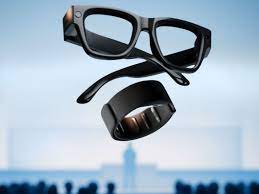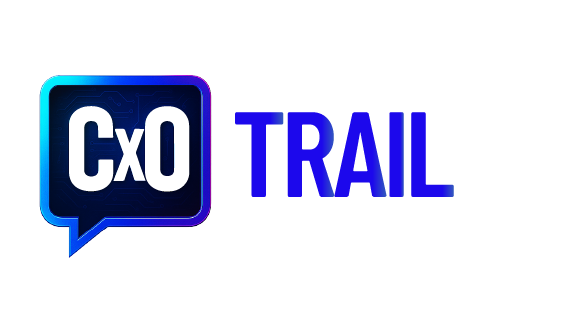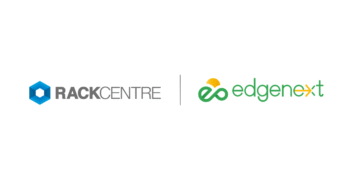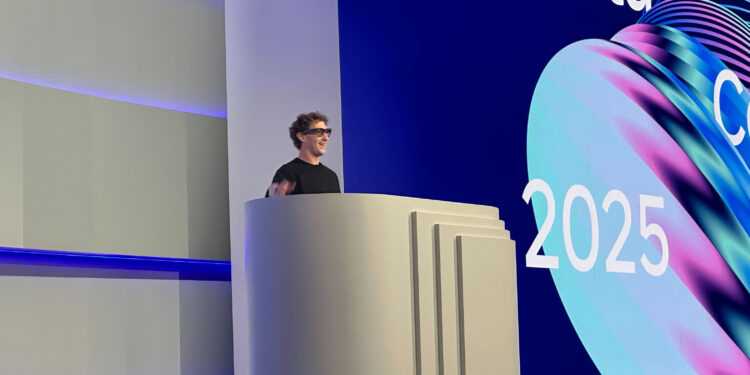AI Glasses and a Neural Interface Signal a Bold Bet on Personal Superintelligence
At Meta Connect, Mark Zuckerberg unveiled a strategic shift with a bold declaration: glasses would become the vessel for personal superintelligence. This marked the company’s most coherent vision to date for a future beyond the smartphone, a vision backed by three significant hardware announcements that signal Meta’s unwavering ambition to own the next computing paradigm. Unlike previous conferences focused heavily on virtual worlds and metaverse platitudes, this year’s event felt grounded in tangible technology and practical solutions for real-world problems.
The centerpiece of the conference was not another VR headset. Instead, Meta unveiled the Ray-Ban Meta Display glasses, its first consumer device with an actual screen, along with the Neural Band, a breakthrough wrist-worn controller that reads electrical signals from your muscles to enable silent gesture control. This isn’t merely an incremental hardware upgrade. Meta is betting that this combination of always-on AI, augmented displays, and neural interfaces will fundamentally alter how we interact with technology.

The Neural Band Gambit
The Neural Band represents what many consider Meta’s most significant hardware breakthrough since the Quest headset. Using surface electromyography (sEMG) technology that the company has been developing since 2021, the waterproof wristband can detect subtle finger movements and hand gestures, translating them into commands for the connected glasses. This allows users to navigate interfaces, control media, and interact with AI without speaking aloud or touching anything.
While industry experts have long predicted that neural interfaces would eventually replace touchscreens and voice commands, most assumed a consumer-ready implementation was still years away. Meta’s decision to launch this technology now, rather than waiting for a perfect implementation, suggests the company sees a narrow window to establish dominance in ambient computing before competitors like Apple or Google make their moves.
The Display glasses themselves boast impressive specifications for a first-generation product. The monocular display delivers 42 pixels per degree, which is a higher resolution than Meta’s VR headsets, and its brightness reaches up to 5,000 nits, making it readable even in direct sunlight. The display is designed to disappear when not in use, a feature that addresses a key usability concern that contributed to the failure of Google Glass a decade ago. At a price of $799 for the glasses and Neural Band combo, Meta is clearly positioning this as a premium offering for early adopters, though its track record suggests prices will likely drop as manufacturing scales up.
Meta’s broader strategy for its AI glasses extends far beyond selling high-end hardware. The company announced significant improvements to its partnership with Ray-Ban, including doubled battery life, 3K video recording, and “conversation focus” technology that amplifies human voices in noisy environments. Furthermore, Meta is working to eliminate the need for wake words entirely, aiming for always-available AI assistance that can continuously see, hear, and respond to the world around users. Although current battery limitations restrict this to one or two hours, Meta’s roadmap indicates a clear path toward all-day ambient intelligence.
The introduction of the Oakley Meta Vanguard glasses signals that Meta understands mainstream adoption requires devices tailored for different lifestyles. These glasses, designed for sports and outdoor activities, feature a nine-hour battery life, a waterproof design, and integration with fitness platforms like Garmin and Strava, targeting a specific audience willing to pay $499 for specialized functionality.
Meta is positioning its glasses as an assistive technology rather than just a consumer gadget. The company highlighted partnerships with Blind and Low Vision organizations and revealed that VA Blind Rehabilitation Centers are already issuing Ray-Ban Meta glasses to veterans. This creates a powerful narrative around accessibility and practical utility that transcends traditional tech marketing.
While AI glasses dominated the headlines, Meta’s virtual reality efforts are also evolving in significant ways. The new Horizon Engine promises 4x faster loading times and support for over 100 concurrent users in virtual spaces, addressing long-standing technical limitations that have hindered VR adoption.
Meta has forged partnerships with major entertainment companies, including Disney+, Universal Pictures, and James Cameron’s Lightstorm Vision, to bring premium immersive content to VR. The exclusive Avatar: Fire and Ash 3D clip represents the kind of tentpole content that could attract mainstream consumers and drive headset adoption. Additionally, the introduction of Hyperscape Capture, a technology that allows users to scan real rooms and convert them into photorealistic virtual spaces points toward a future where the boundaries between physical and digital environments become increasingly blurred.


































